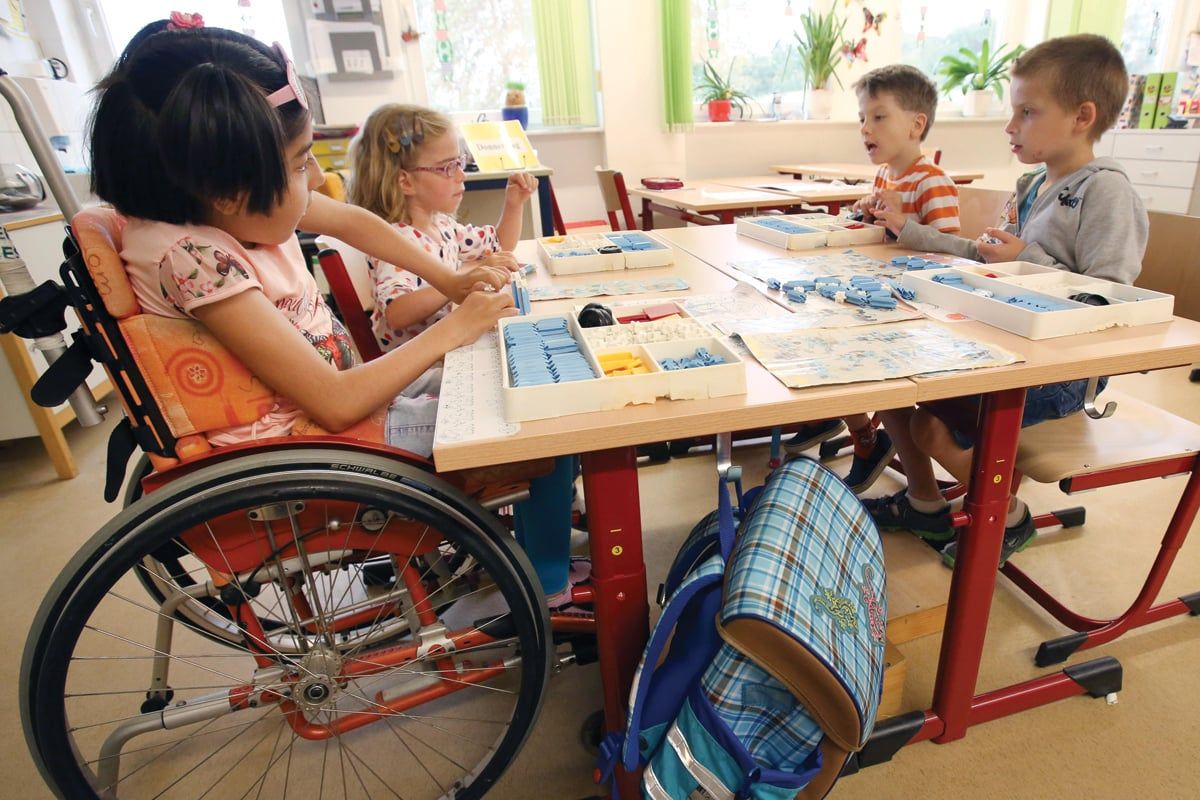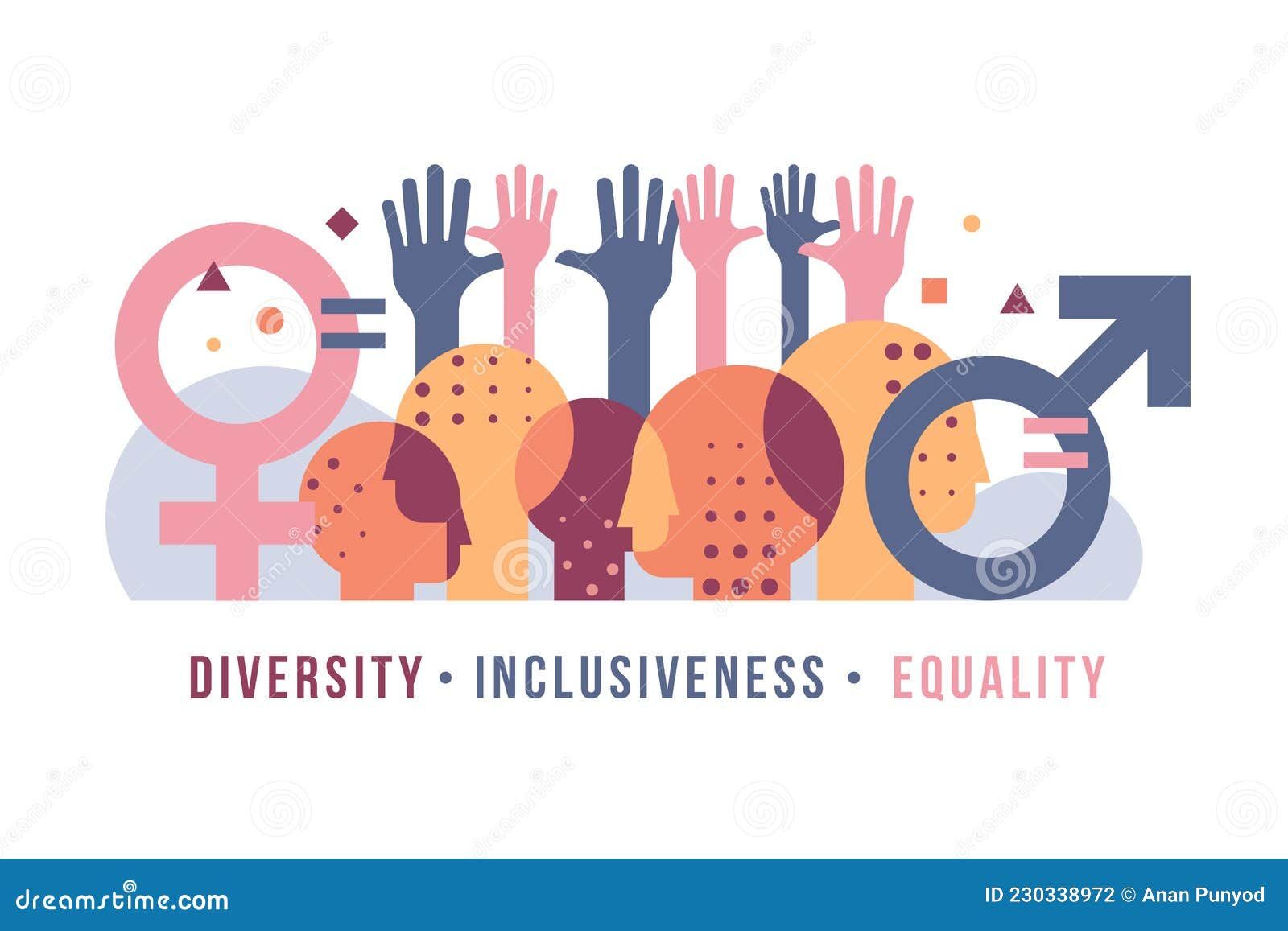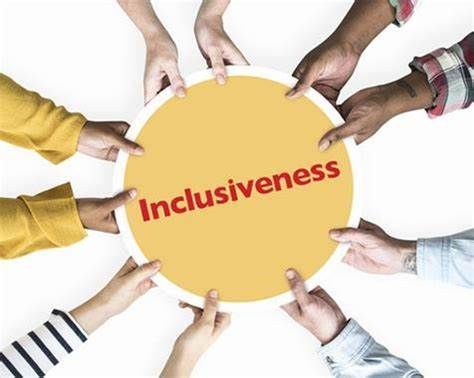Let’s talk about inclusive language.
Incorporating inclusive language into teaching involves consciously choosing words and phrases that affirm and respect the diverse identities and experiences of students.
Do you personally pay attention to the language you use with your students?
What is your personal opinion about inclusive language – to what extent is it needed or is it exaggerated?
Is there a discussion about inclusive teaching language within your community?
Here are some examples of inclusive language in various aspects of teaching:
Addressing Diversity: Acknowledge and celebrate the diversity of identities, backgrounds, and experiences in the classroom. For example:
"Today, we're going to learn about different cultural traditions from around the world."
"Can anyone share their perspective or experience on this topic?"
Inclusive Examples and Stories: Use examples and stories that reflect the diversity of your students and society as a whole. Ensure that characters and scenarios represent a variety of identities, including race, ethnicity, gender, ability, and socioeconomic status.
Respectful Language: Use respectful and affirming language when discussing sensitive topics such as race, ethnicity, religion, s*xuality, and gender identity. Avoid derogatory language or stereotypes. For example:
Instead of "illegal immigrants," use "undocumented immigrants."
Instead of "disabled person," use "person with a disability."
Accommodations and Accessibility: Be mindful of students with disabilities and provide accommodations as needed. Use language that promotes accessibility and inclusivity. For example:
"Please let me know if you require any accommodations to access the material."
"We will make sure all materials are available in formats that meet everyone's needs."
Encouraging Participation: Encourage all students to participate in discussions and activities by creating a supportive and inclusive environment. Avoid putting students on the spot or making assumptions about their abilities or willingness to participate.
Using "We" Language: Instead of positioning yourself as the authority figure, use inclusive language that emphasizes collaboration and shared responsibility. For example:
"Today, we're going to explore this topic together."
"Let's work together to solve this problem."
Acknowledging Pronunciation and Name Preferences: Respect students' pronunciation and name preferences, and encourage others to do the same. Ask students how they prefer to be addressed and make an effort to pronounce their names correctly.
Promoting Respectful Dialogue: Foster respectful dialogue and debate by setting ground rules for communication that emphasize listening, empathy, and understanding. Encourage students to express their opinions while respecting diverse perspectives.
Gender-Inclusive Pronouns: Instead of defaulting to gender-specific pronouns like "he" or "she," use gender-neutral pronouns such as "they" or "them." For example:
"When a student completes their assignment, they should raise their hand."
Avoiding Gendered Terminology: Use gender-neutral terms when addressing the class or individuals. For example:
Instead of "boys and girls," use "students" or "everyone."
Instead of "guys," use "folks," "everyone," or "students."
What is your opinion about these language strategies?

_1715455175935.jpg)



_1715783020385.jpg)